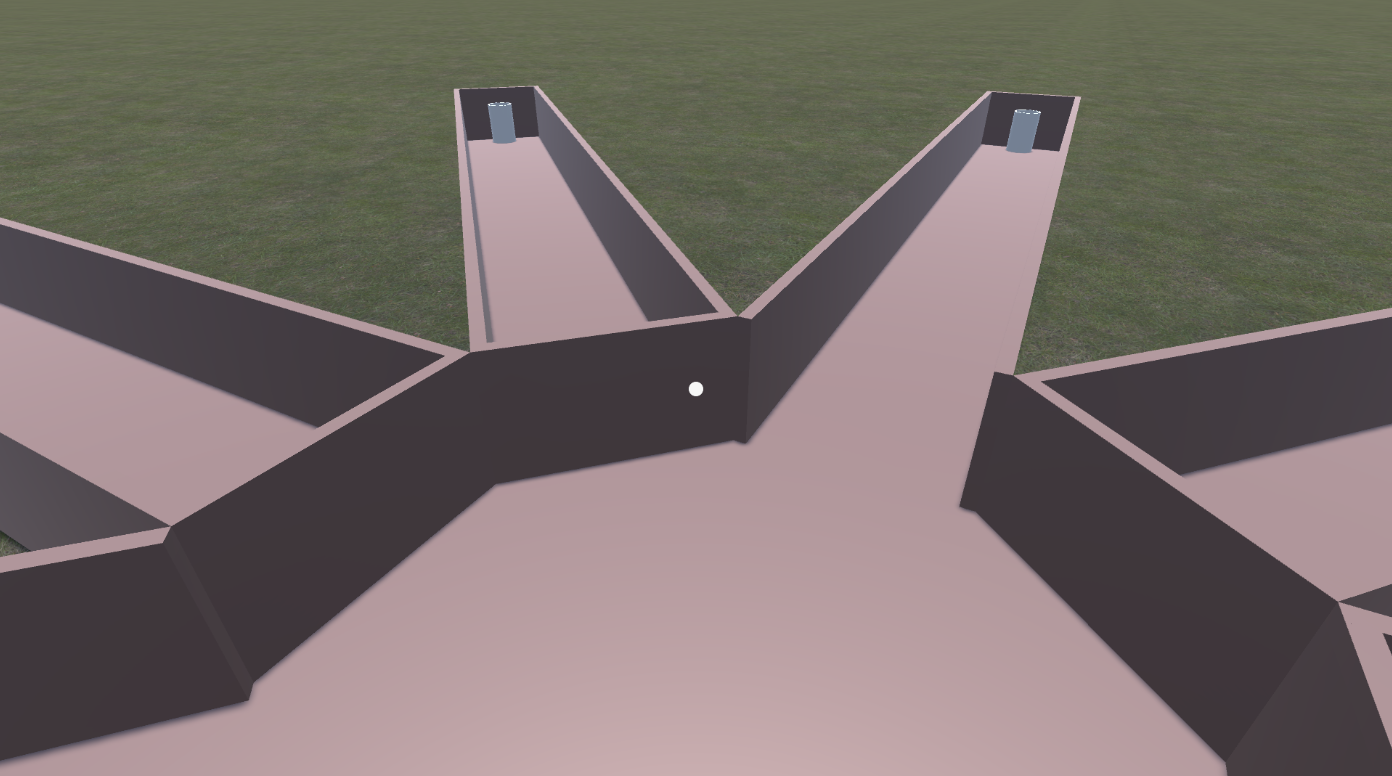
PsyComp Lab
@ Computer Science Department & Psychology Department, Sapienza University of Rome
Ongoing Projects
PNRR COCOA – COmputational Models of COmmensality for artificial Agents
COCOA is a research project focused on developing interactive technologies to support the experience of commensality—eating together—by leveraging state-of-the-art artificial intelligence and multi-modal data analysis of nonverbal behavior. The project aims to create new models for recognizing group eating activities and innovative techniques for analyzing and quantifying social relations within commensality settings.
For more information, visit the official project page: https://cocoa-research.github.io/
Risk and Resilience factors in disadvantaged young people: a multi-method study in ecological and virtual environments
(Fondo di ricerca di ateneo 2022 - progetto medio)
Based on Self-Determination Theory (SDT) the present research will aim at identifying psychological risk and resilience factors in youth living in economically disadvantaged contexts by means of two studies. An observational study adopting a longitudinal/multilevel design will investigate the relationship between educational contexts, motivations, self-perceptions, well-being, and adjustment in disadvantaged youth attending schools in various geographical areas of Italy. A second study will use an experimental manipulation in a fully immersive Virtual Environment to examine the effects of a condition of poverty on various subjective perceptions and behaviors.
Mindfulness scenarios for Chemiotherapy Patients
A multimodal, interactive VR scenario for interactive mindfulness practice in Virtual Reality. We are investigating how actively exploring and manipulating the guided imagery flow through their actions (e.g., grasping and throwing a thought at sea) affects patients’ mindfulness experience.

Radial Arm Maze in VR
We are developing novel digital tools in Virtual Reality to “gamify” the Radial Arm Maze task, allowing researchers to conduct the test in any physical space, extending the possibilities of personalizing the test, and improving the task’s speed of execution and result accuracy.
